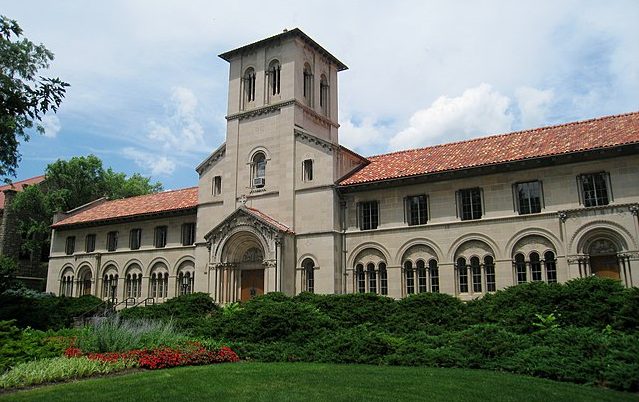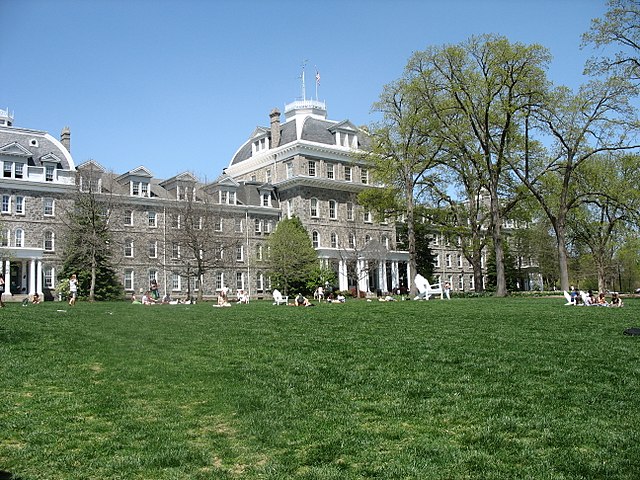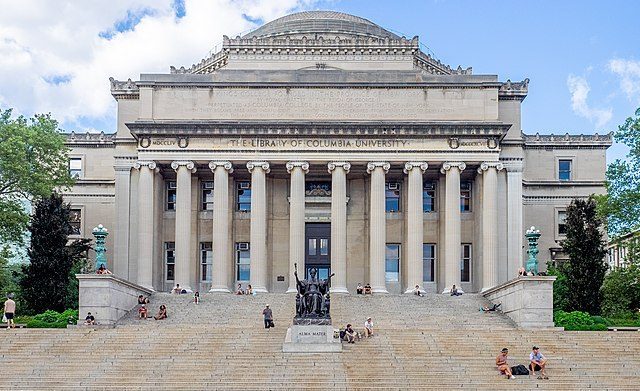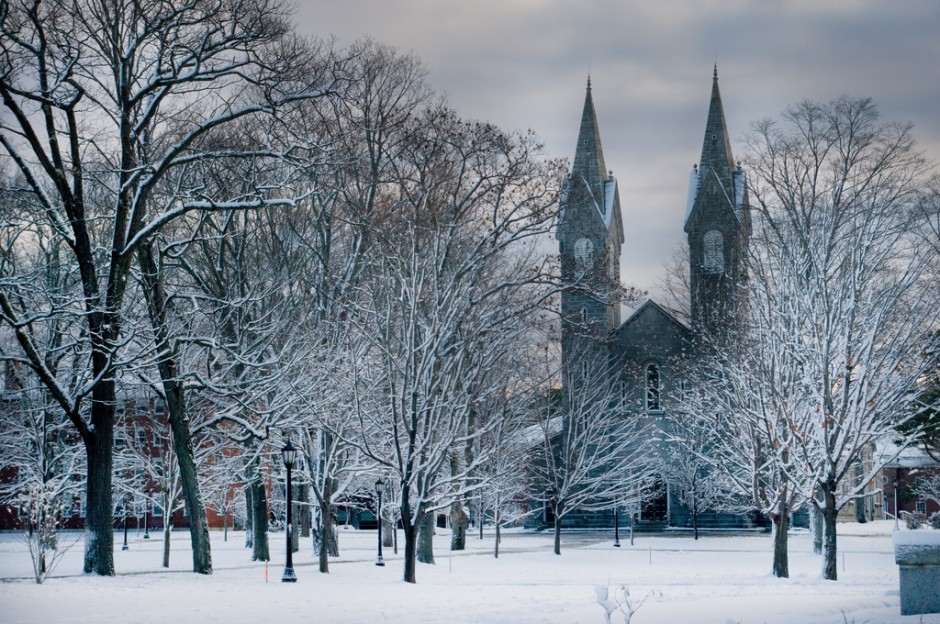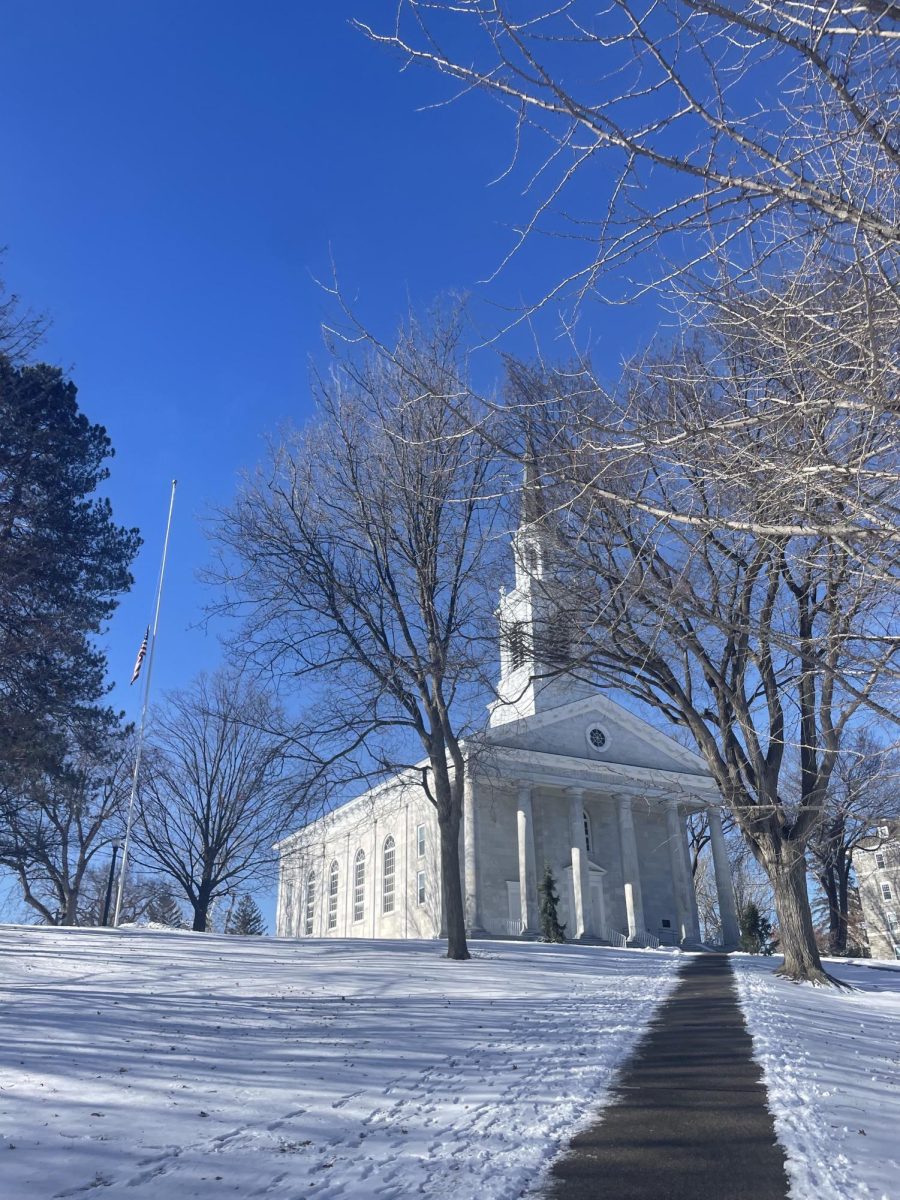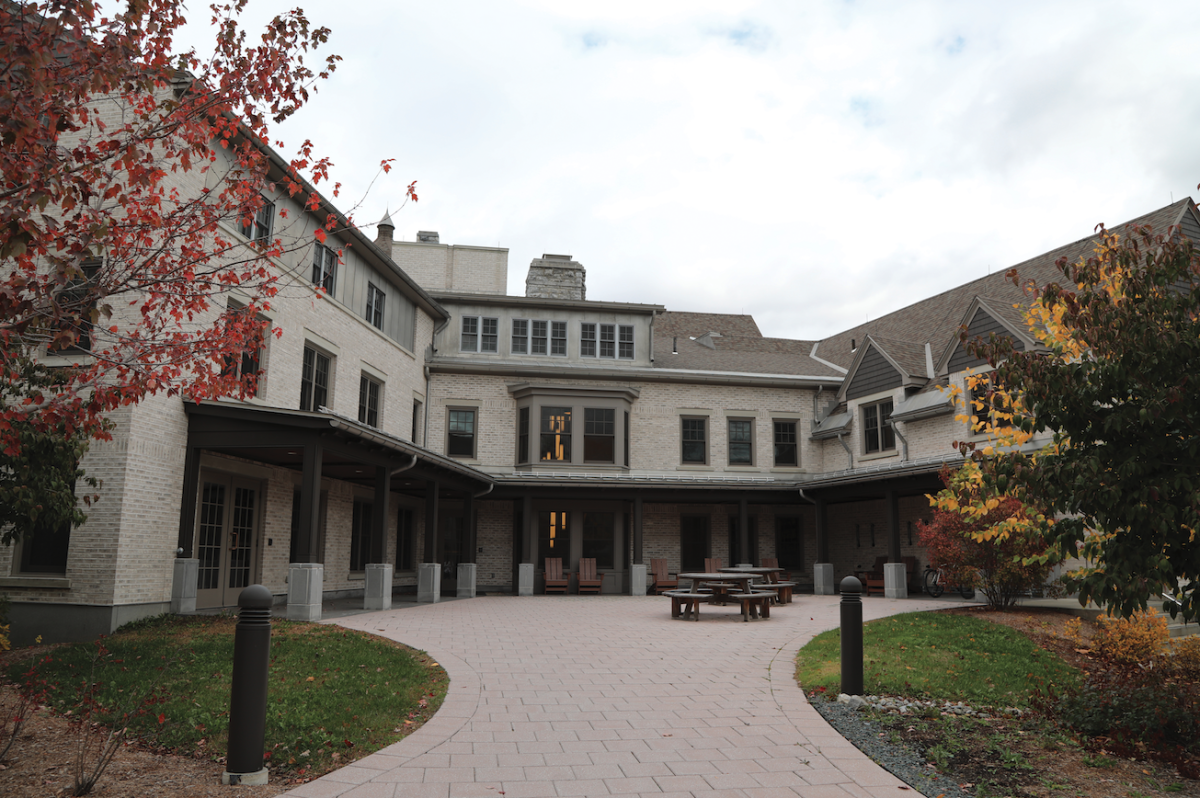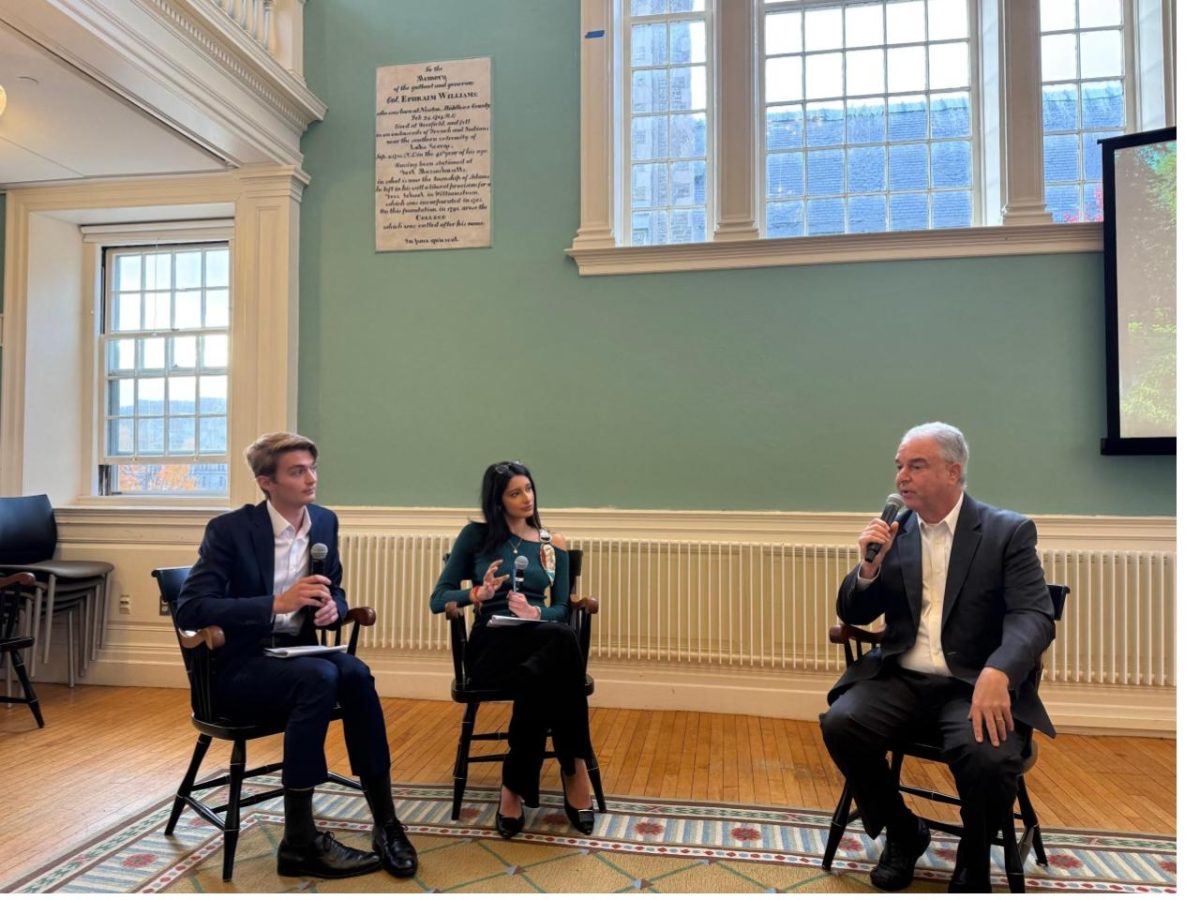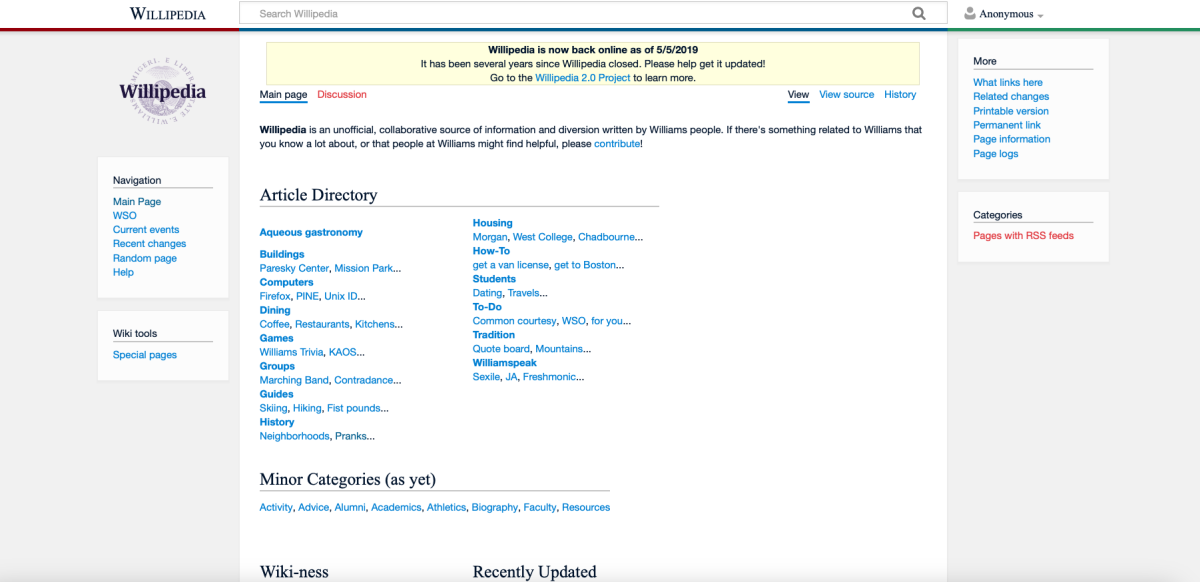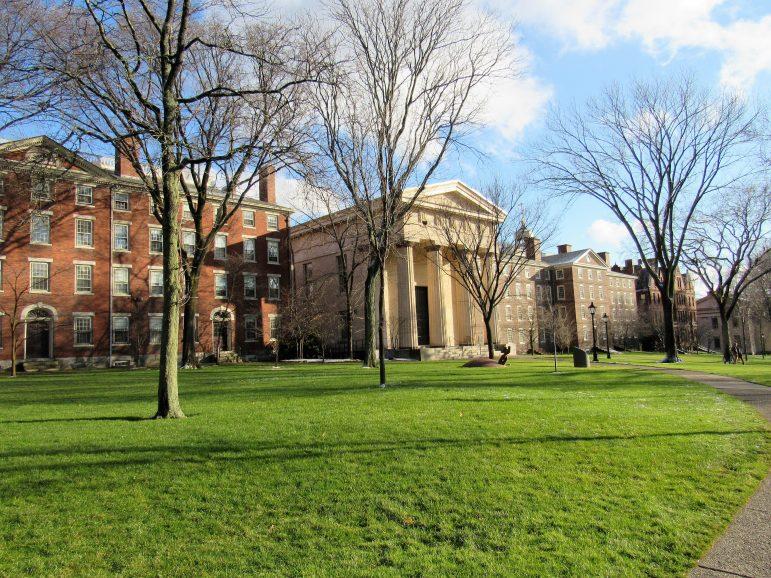
In Other Ivory Towers is the Record’s look at colleges and universities outside the Purple Bubble. In recent weeks, schools nationwide have been considering the question of whether classes can be held on campus in the fall.
President of Brown University says reopening campuses in the fall should be a “national priority”
Last Sunday, President of Brown University Christina Paxson wrote an op-ed in The New York Times arguing that college campuses must strive to open in the fall, expressing “cautious optimism” that it could be done. Her argument centered on “the reality” that COVID-19 infections will continue until there is a vaccine. In the article, she argued, “We can’t simply send students home and shift to remote learning every time this happens,” and highlighted the aspects of an in-person education that cannot be replicated remotely.
She emphasized the need for colleges to act now and develop public health plans based on three elements: “test, trace and separate.” This would involve testing students as they first arrive on campus and continuing to do so regularly throughout the year, using digital technology to aid with contact tracing and creating appropriate quarantine spaces.
Brown has not yet issued an official statement or update on the status of on-campus fall classes.
Boston University considers resuming on campus classes in January 2021
Boston University was one of the first institutions of higher education to announce the possibility of not resuming in-person instruction until 2021. However, President Robert A. Brown noted in a statement to students that fall classes on campus have not yet been officially canceled. Rather, the university has been planning for the “unlikely event” that health officials advise social distancing be extended through the fall.
Boston University’s COVID-19 Recovery Plan has tasked several new working groups with considering how various academic, research and residential programs might be conducted on campus this fall while abiding by the appropriate public health guidelines.
Stanford considers starting the next academic year in the winter
Last Thursday, Stanford held a Faculty Senate meeting addressing possible plans for the fall quarter. According to The Stanford Daily, the Fall Planning Task Force expressed that they have yet to make a binding decision, and “a recommendation about fall quarter would likely be presented to the president and provost next month.”
Of the several different scenarios they are considering in their approach to the fall quarter, Stanford has included the possibility of beginning the academic year in the winter quarter and continuing with quarters in the spring and summer.
Harvard will resume classes and research this fall, though some or all may be remote
Provost Alan Garber released a message on Monday declaring Harvard’s intent to open for the fall semester, though some or all instruction may have to be remote. “Our goal is to bring our students, faculty, postdoctoral fellows and staff to campus as quickly as possible,” Garber wrote, “but because most projections suggest that COVID-19 will remain a serious threat during the coming months, we cannot be certain that it will be safe to resume all usual activities on campus by then.”
According to Garber, each college within the university may approach the fall semester differently, though Harvard as a whole will hold a fall semester in a form yet to be determined.
Purdue intends to conduct fall classes in person on campus with adjustments
A statement from Purdue President Mitchell E. Daniels Jr. on April 21 announced the university’s intention of continuing fall classes in person. Purdue “intends to accept students on campus in typical numbers this fall, sober about the certain problems that the COVID-19 virus represents, but determined not to surrender helplessly to those difficulties but to tackle and manage them aggressively and creatively,” Daniels said.
According to Daniels, re-opening campus would be accompanied by many changes to protect the more vulnerable population in the area, including those older than 35 and those with pre-existing medical conditions. Some changes might involve spreading classes out across more times to reduce class size and moving more instruction and laboratory work online.
The university would also potentially test students and staff for COVID-19 before their arrival in August and continue to test during the school year, “using Purdue’s own BSL-2 level laboratory for fast results,” Daniels said in the statement. “Anyone showing symptoms will be tested promptly, and quarantined if positive, in space we will set aside for that purpose.”



